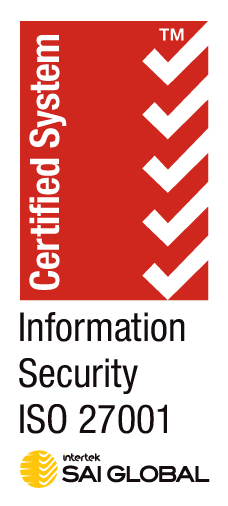Government IT Overhaul: Tackling Challenges and Finding Solutions
Governments are modernising outdated IT systems to meet public demand for efficient, secure digital services. Challenges include legacy systems, data security, user-focused design, and budget limits. Solutions involve cloud adoption, improved cybersecurity, and phased, cost-effective upgrades, as shown in partnerships like Queensland TMR and NSW Police. By embracing agile methods and expert collaboration, governments can enhance service delivery, security, and citizen satisfaction. Read More…















